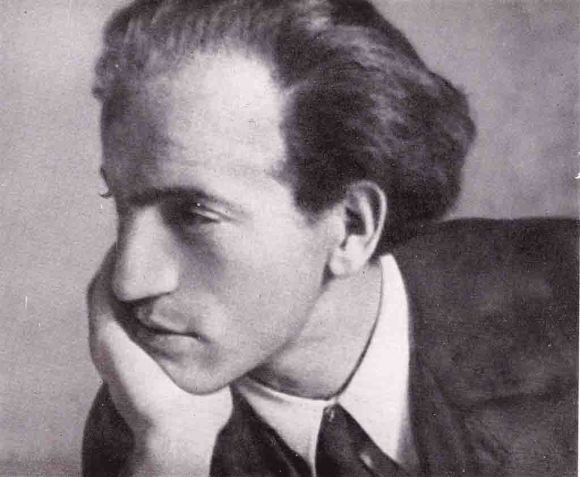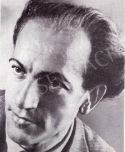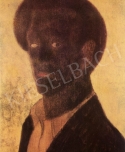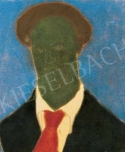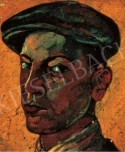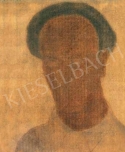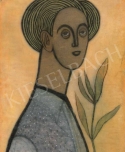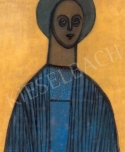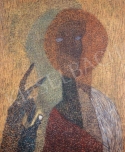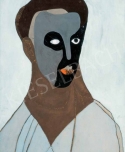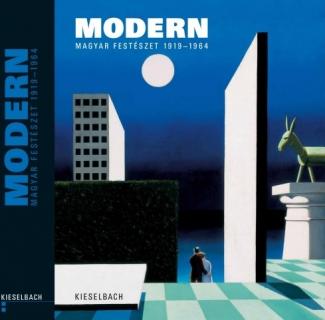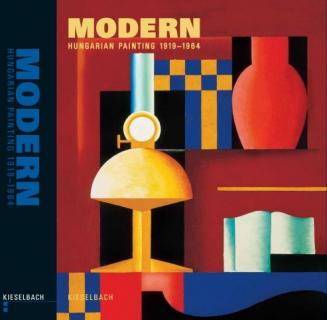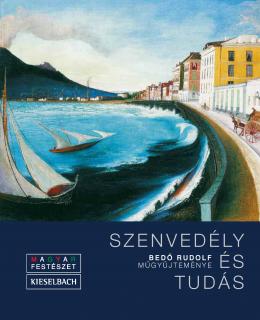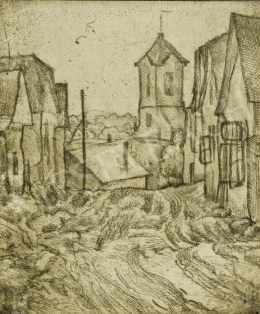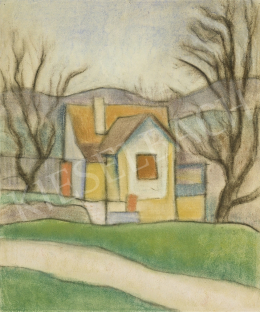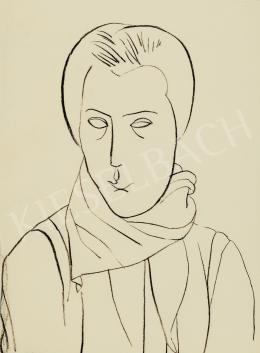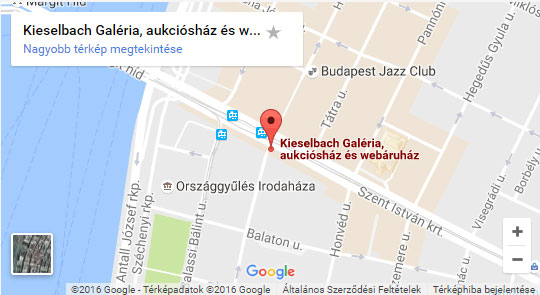Vajda, Lajos Zalaegerszeg, 1908 - 1941, Budapest
He was a pupil of István Csók at the Budapest Academy of Fine Arrts and also worked in Lajos Kassák's wordshop. In 1930-1934 he lived in Paris where he got acquainted with Surrealism as well as the oustanding works of the Russian Realist film. The two influences prompted him to create his dramatic photo-montages of the great cataclysms of mankid, war, hunger, armed violence and abject misery. At home he lived alterately in Budapest and Szentendre, but also spent much time in Szigetmonostor, collecting folklore motives. He wanted to immerse in ancient cultures, which ambition was bolstered by the icons of the Serbian churches of Szentendre and by folk art. He also incorporated the simple objects of everyday life as well as Hungarian and Jewish religious motifs into his pictures. He developed his style which he labelled "construtcive-surrealistic schematics" from this assemblage of motives.
He superimposed motives drawn with a single linear sweep, presenting the form ensembles of symbolic-spiritual conents viewed from above, in an ethereal floating manner. His icons and icon-like self-portraits were also made around this time and serve as timeless representations of faith and perseverance. The sublimated and motionless world was, however, ravaged by the imminence of the war and his own illness. He began painting monsers and masks conveying primordial fears; then drew his nightmares on wrapping paper with charcoal, on which the coal-like iron-fillings within the sphere of a magner-contracted into concentirc formtions and twirling forms.
His brief career is not only a wholly unique feature of Szentendre art, but is also the only single genuine outcome of pre-war Hungarian Surrealism.
Do you have a Vajda, Lajos painting?
Please request free evaluation, even for a complete heritage. We would be happy to purchase your artwork similar to this, or sell it at an auction or provide it for sale at our web gallery.





